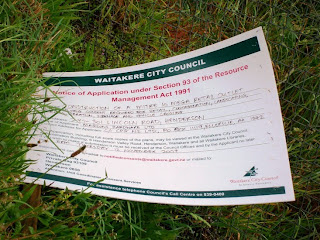This is the third ship which brought part of my bloodline to New Zealand. I don't know the names of the first two yet, the ones which brought my paternal grandfather and grandmother separately to New Zealand around 1912, but the third has always been highlighted in my life, right from being a kiddy. The RMS Rangitiki brought my mum to New Zealand from Tilbury Docks in London 9 May 1958, to Auckland's wharves at 5.55 pm on 12 June 1958. With her came my maternal grandmother and my two American-born half-brothers. They had to stay on board, so my mum told me many times, because back then, Customs closed at 5pm. It wasn't until after 8 am the following morning, Friday the 13th, that the passengers were allowed to step onto these shores. Because of this, I've always considered Friday the 13th to be lucky rather than not.
 At 16,984 tons, the Rangitiki was completed in 1929, followed by related ships the Rangitata and the Rangitane. All were built by John Brown and Co of Clydebank, and were originally ships of 16,700 tons, fitted with the highest powered diesel engines built up to that time in the United Kingdom. Rangitiki's maiden voyage was February 1929, from Southampton via Madeira and Panama.
At 16,984 tons, the Rangitiki was completed in 1929, followed by related ships the Rangitata and the Rangitane. All were built by John Brown and Co of Clydebank, and were originally ships of 16,700 tons, fitted with the highest powered diesel engines built up to that time in the United Kingdom. Rangitiki's maiden voyage was February 1929, from Southampton via Madeira and Panama.During World War II, the Rangitane was sunk by German raiders in November 1940, and the Rangitiki nearly met the same fate. She was serving as a cargo ship, carrying meat and produce from Wellington for Britain, joining a convoy out from Halifax, Nova Scotia. The German battleship Admiral Scheer fired on the Rangitiki, but fortunately missed.
After that, she transported troops and military supplies to the Middle East, fitted to accommodate 2,600 troops. She was used in support of landings in North Africa in 1943, and then voyaged to New York with German and Italian prisoners-of-war. She also carried American troops, Commonwealth airman, and invalided troops.
Rangitiki returned to passengers to New Zealand waters after a full refit in 1948, with new engines, and all trace of her wartime past obliterated. A further refitting took place at Belfast in 1957 for her owners, the New Zealand Shipping Company.
Then, after bringing my family to New Zealand in 1958 -- she nearly came to grief. In September that year, the Rangitiki grounded on the treacherous Goodwin Sands, off the coast of Kent. Still lucky, she was soon refloated and carried on undamaged. Her last voyage from Wellington was March 1962, but then she was sold to Spanish buyers, and then, when that deal fell through, to a Dutch firm of ship-breakers. Finally, she was sold again to Yugoslav shipbreakers, and was scrapped later on that year. (Source: The Ships That Serve New Zealand, L. G. Stewart, 1964)
The images come from my mum's copy of the May 1958 passenger list. The family came here in tourist class, and their names are there.


















































